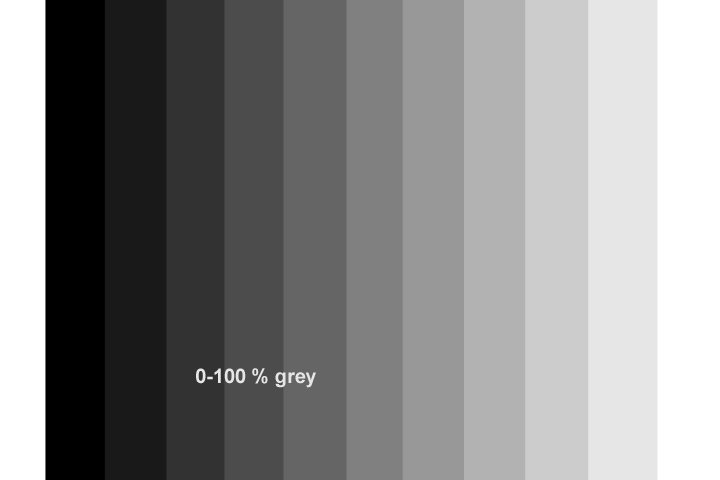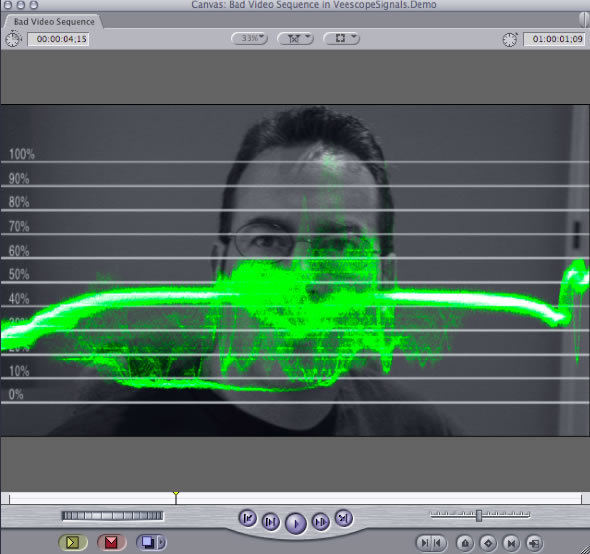NTSC VIDEO - Tape format - A Very General
Introduction

Sources and further reading:


Early ANALOG 4 head format - shows
video head and tape relationship.
RECORDING the image to tape.

An image sensor (CCD) translates the
visual image into an electric current at 30 FRAMES / SECOND.
Each frame is subdivided into EVEN and ODD
FIELDS (each field thus represents 1/60th of a second).
A rotating videohead records these fields
as magnetic flucuations on a moving tape. One VIDEO TRACK per
FIELD.

DV Tape Format - modified for digital
signal capabilities.
1/30 sec = 1 FRAME

PLAYBACK on a monitor
Interlaced scan lines on a Cathode Ray Tube
(CRT) basically an old school TV Set. A beam of electrons
(cathode ray) scans DIAGONALLY accross the video screen, one
field per line. First the ODD lines the the EVEN lines. This
rebuilds the image on the screen.


ONE FRAME in an NTSC screen image is
composed of 525 scan lines.

The electron beam “BLANKS” at
the end of each field as it reorients to the top of the next
field.


Extreme closeup of the Red, Green &
Blue phosphors on a CRT.


|
|
|






An overlay of Video Image and Waveform



